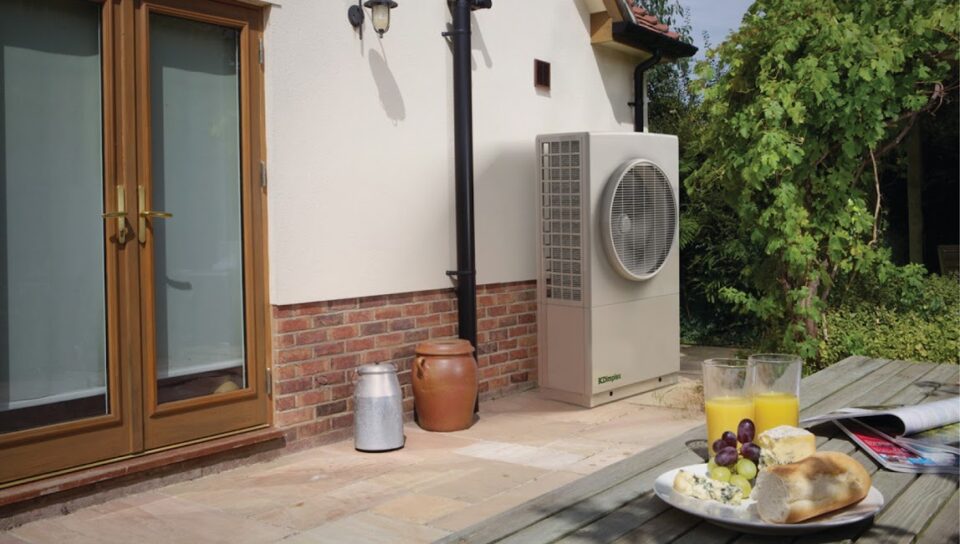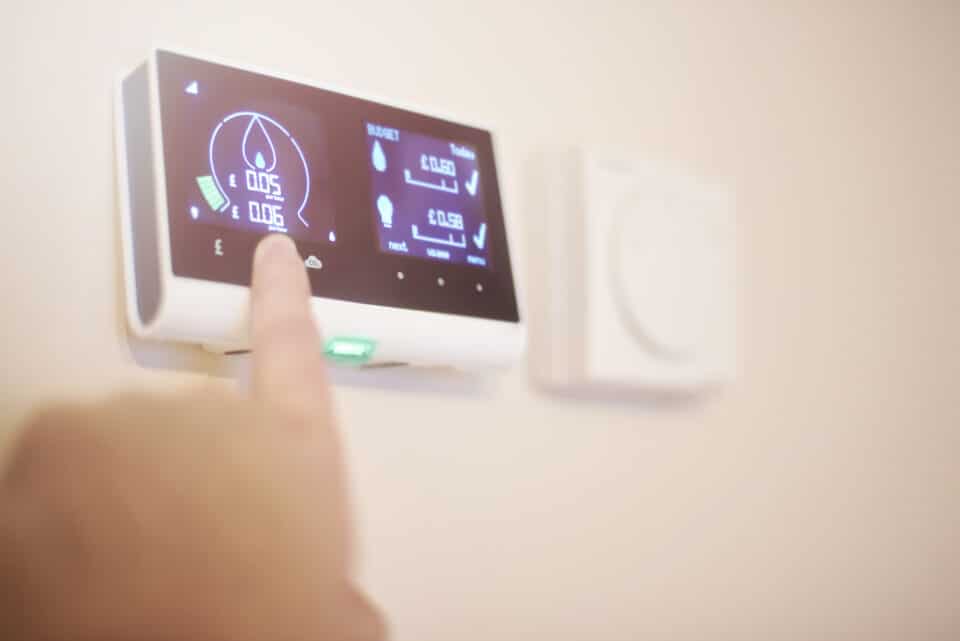Consult with or be the client: The role of client and project manager need to be clearly defined from the start. You could choose to carry out both functions or have your partner act as the client. The important thing is to make sure that someone has the final word, and arguably the project manager is in a better position to do this in order to speed up the work. Decisions, whether minor or major ones, are more effectively taken on site.
Coordinate the work: Make sure the tradesmen show up on site and that they’re organised with other trades. Check everyone is carrying out the work as specified on the drawings and that the right materials are used, taking the time to respond to any queries. Ensure your mobile number is clearly displayed and give clear instructions to on-site personnel and delivery drivers about where materials should be off-loaded. Badly positioned deliveries can result in double handling to move to a more appropriate location, restricted access for other plant, and materials are more likely to get damaged.
Organise the environs: Form access roads, check for overhead obstructions to accommodate deliveries and other site-specific tasks. Health & Safety precautions should guide your decision making.
Organise the site office: Ensure you have water and toilet facilities on site as well as electricity for lights, tools and the kettle! Make sure everyone knows where everything is kept and just as importantly, where it needs to be put back. There should be a sign clearly indicating where the first aid kit is kept.
Segregate waste: Have a designated area to separate waste, including a pile for cardboard, one for plastics, etc. Also have a designated area for construction and demolition waste, e.g. one for timber, another for rubble, etc. A tidy, well-run site goes a long way towards maximum productivity, lower material wastage and reduced chance of accidents.
Organise waste collection/recycling: Apart from the environmental impact, landfill costs money so try to recycle as much as you can; for things like cardboard and plastic facilities should exist close by.
Skips left on the public road normally require marking with lights. They are a magnet for everyone in the area who will regard a skip as a free dumping site and have it filled long before you! Try to arrange for the skip on the morning that you need it and when you have plenty to put in. Putting a tarpaulin or netting over at night will help to deter opportunists. An alternative is the skip bag which could be left on your property; the bag is lifted with a telescopic arm with a typical reach of 4m.
Organise to have the right equipment / machinery when required on site: Some items require prior investigation, e.g. very large items such as diggers generally include the driver as well, and scaffolding is a specialist job. Consult before work begins with all the trades involved and aim to have the cement mixer, tarpaulins etc. in use and not lying idle clocking up unnecessary hire charges. Remember, equipment should only be used by trained personnel and health & safety guidelines must be followed (see Your Obligations below).
Keep a record: Your day diary should ideally begin at the design stage. All information regarding the on-site activities should be recorded, even items that seem to be insignificant. Records of meetings. Drawing issue information. Operatives on site. Telephone calls made and received. Details of deliveries. Changes to design with a clear explanation, and costs if agreed. Throughout the build you should also prepare checklists with all revisions and completion notes subsequently dated. Without records it is impossible to accurately retrace events, especially if problems occur.
Apply to the local council: for connection to services, road openings, etc.
Establish neighbourly relations: Building means mess and machinery, something which your neighbours will be much more tolerant of if you give them advance warning and keep them informed. Other things that could crop up include root damage on your side of the property, which would require intervention by both parties to remedy.
Troubleshoot: Whatever problems arise, the idea is to resolve them quickly with minimum disruption to programme and cost.




















